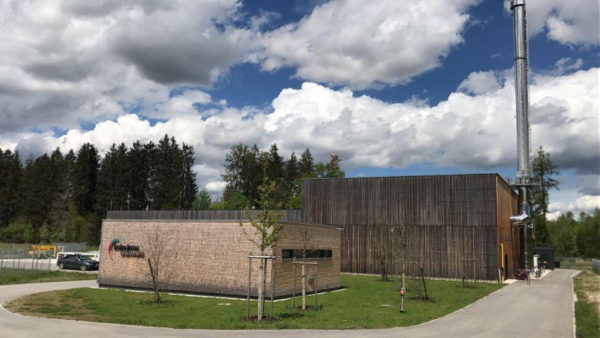A wind farm in the middle of the North Atlantic would be five times as efficient as one onshore and could provide limitless low-cost energy, says a paper published this week in the Proceedings of the National Academy of Sciences.
Authored by researchers at the Carnegie Institution for Science, the paper says the open ocean is the best place to put a wind farm because wind energy is not dampened by obstacles.
Researchers Anna Possner and Ken Caldeira note a growing body of evidence showing that onshore farms are limited to a maximum of 1.5W per square metre, whereas open ocean farms in areas of high atmospheric turbulence might achieve rates of 6W, especially in the North Atlantic “convergence zone” where tropical and arctic air masses meet.
“Although no commercial-scale deep water wind farms yet exist, our results suggest that such technologies, if they became technically and economically feasible, could potentially provide civilization-scale power,” they write.
This would be the case despite slower wind speeds in the northern hemisphere’s summer months. “Despite the strong seasonally varying geophysical limit imposed by the atmosphere, we still find that even the smallest wind farm considered in this study would generate sufficient electric power to meet the demand of the European Union in 2015 for 10 out of 12 months of the year,” the paper says.
The report adds that one limiting factor may be wind farms themselves. As Caldeira puts it: “Will sticking giant wind farms out there just slow down the winds so much that it is no better than over land?”
However, Possner and Caldeira’s computer models, which compared the productivity of a large Kansas wind farm to an open-ocean equivalent, suggested that the drag introduced by turbines would not slow down winds as much as they do on land.
The relative efficiency of ocean farms is largely due to the scale of the energy available. This is the result of a chain of cause and effect originated by the thermal energy contained in the seawater that Atlantic currents transport north during the winter. This heats air and causes it to rise, which leads to low pressure cyclones that force the efficient transfer of kinetic energy from the upper atmosphere to the surface of the ocean.Â
The Earth has two bands where this process occurs: the North Atlantic at the approximate latitude of New York and Paris and, more powerfully still in the “roaring forties” at about the latitude of Tierra del Fuego, although this inconveniently far from major population centres.Â
Even in the North Atlantic, the building of large-scale floating farm would present engineering difficulties several orders of magnitude beyond that required for work on continental shelves.
This problem, which another recent paper described as “one of the most fascinating challenges in renewable energy”, has so far been tackled by three pioneering projects: the North Sea’s Hywind, made up of a 2.3MW turbines on a spar-buoy, the Atlantic’s WindFloat, 2MW turbine on a semisubmersible platform, and a similar structure in Japan called the Fukushima-Forward.
Image: How much wind do you want? Hurricane Isabel in 2003 (NASA)
Further reading
Comments
Comments are closed.











Considerable development work will have to be done before these giants are feasible. At present even the wind farms in the North Sea shut down when the wind speed is too great!